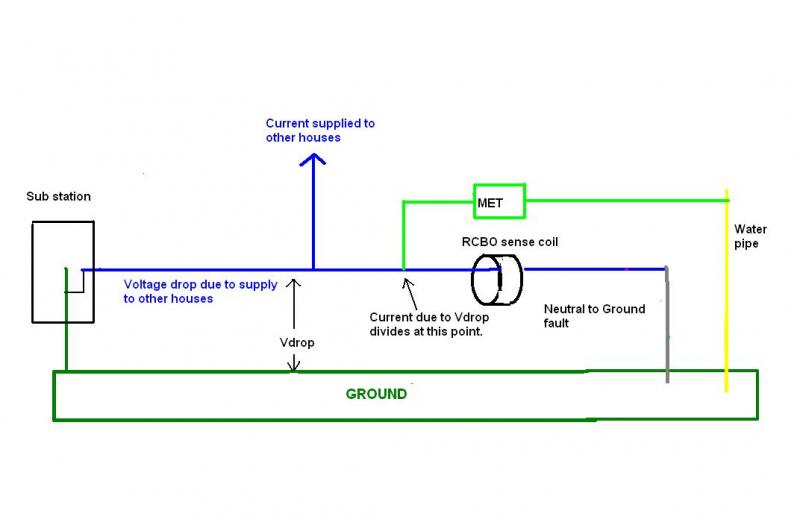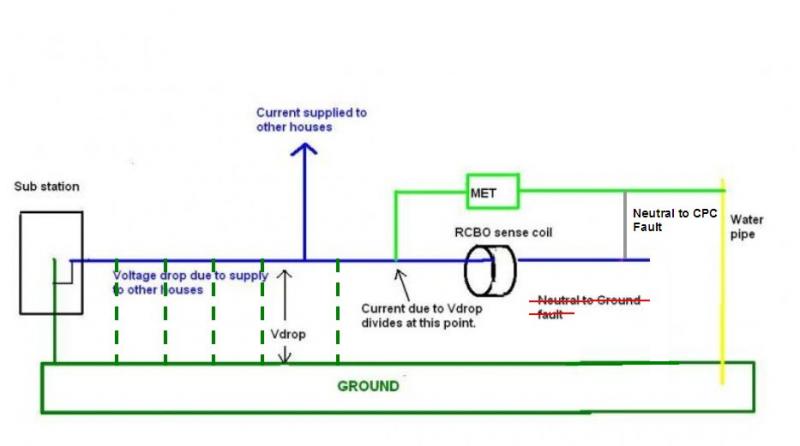I will put the drummond onto the effected circuit at the terminals of the two RCBOs and then in to each socket with the breakout plug.
With the loose neutral I was wondering if the kitchen is on position 2 (and unaffected) the down is on position 3 slightly further along the busbar from the neutral connection to the main switch, is effected both when it is loaded and when the Up circuit in position no 4 is loaded. as we go along the busbar we have a spare place for later use (garden shed feed) and then the lighting circuits (up and down) ie No shower or cooker here at all.
With the loose neutral I was wondering if the kitchen is on position 2 (and unaffected) the down is on position 3 slightly further along the busbar from the neutral connection to the main switch, is effected both when it is loaded and when the Up circuit in position no 4 is loaded. as we go along the busbar we have a spare place for later use (garden shed feed) and then the lighting circuits (up and down) ie No shower or cooker here at all.



